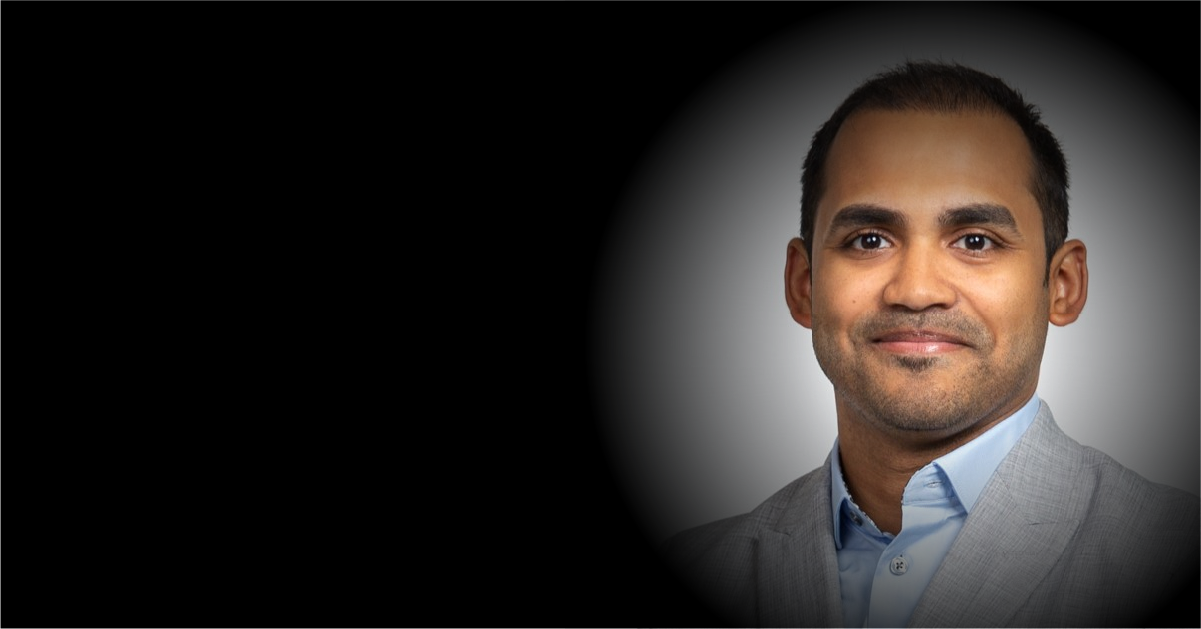The IT industry continues to grow and shift rapidly due to the pandemic and CIOs are constantly on the lookout for ways to foster and adopt new technologies into their organization. Whether it is sustainable transformations or implementing AI, change is necessary.
As the Head of International Market Intelligence & Data Strategy for UNIQA international, Alin Kalam shares with us his insights on the need for agility through AI, achieving business competence, and nurturing innovation.
Finding Agility in Artificial Intelligence and Overcoming Disruptions
Businesses and IT leaders today need to be quicker to respond to the ever-changing landscape of their industry and overcome disruptions. Whether it’s to implement hybrid workplace models or to incorporate new technologies such as artificial intelligence and data analytics, there is a definite need for CIOs to strategize.
Kalam shares his insights on the key challenges that CIOs need to be aware of when incorporating new technology and how to effectively transition towards data-driven business models.
What are the key challenges for CIOs who are trying to adopt new technologies especially in the AI field?
Surely one of the major challenges of establishing AI technologies in companies is lack of trust and also limited knowledge existing. On the technical side, I see the IT productionizing & operational issues arising since 2019.
Often it is not the number of best practices, that lack but the ability to align market circumstances with existing technologies with own true business needs. Therefore, I see the cultivation of AI-driven innovation much more as a strategic challenge nowadays than only a technological one.
What should CIOs be aware of in the transition towards data-driven business models that serve dehumanization of critical business fields?
On the one hand, dehumanization must be done quickly to address short-term issues e.g. through the implementation of RPA or AI products to combat challenges caused by Covid, and on the other hand, CIOs must balance strategically what and where they are automatizing/dehumanizing. I already have seen examples of cost reduction projects through dehumanization that are creating huge strategic risks for companies in the long run.
For sure there will be someday an “after Covid” and using the current crisis as scapegoat for cost-cutting only without putting the focus on the product portfolio, customer needs, and above all operational risks of IT systems, can become a huge source of risk.
Here I rather appeal to strategic long-term aspects than short-termed gains only and to address this concern CIOs must become business-driven more than ever!
The Need For Sustainability and Competent Business Intelligence
Companies were forced to change their policies, behaviors, and business strategy due to the prolonged coronavirus pandemic. The recent COP26 climate conference showed that companies are committed to making sustainable-focused organizational changes.
For Kalam, the need for sustainability in IT is clear highlights the challenges that many are still facing, in addition to incorporating competent business intelligence to ensure sustainable growth.
Sustainable transformation in the IT & innovation field has become a key topic for upcoming years. What are the specific areas of action for CIOs in this field?
For sure sustainability as a topic is here to stay! Not only do we have the macro aspects of it addressing the major concerns of our time, but it has become also a business driver in so many sectors.
With my initiated project Sustainista I, therefore, have tried to interconnect companies with the scientific community ensuring exchanging of data, know-how, best practices, and transparency. The biggest challenge in this field is the lack of market and scientific standards at the same time. ESGs might be known to many of us but breaking down its info business actions according to standard approaches/processes is the biggest challenge!
In an ideal world, CIOs and related roles are taking ownership of this topic and driving it to doable tasks, otherwise, I am afraid to see sustainability just as a cosmetic and marketing label without a true impact on business and how we do things.
A particular starting point is to understand macro goals as an organization and break them down to a very data level in organizations delivering measures and related actions with the help of existing data. Many companies I know from various sectors have started with external data sets 1st to deliver quick success that can feed this long-term topic.
How would you advise companies who are still struggling to incorporate Business Intelligence?
Here I clearly follow the storyline of failing fast succeed sooner. Instead of propagating a piece of technology IT must build a bridge with business and deliver quick wins. Even now I am often devastated whenever I see only PDFs and Excel Sheets with numbers/KPIs that do not reflect the fast reality of our businesses and data-driven decision-making across borders!
Major issues companies face are data quality, integrity, and security issues. CIOs are hereby in the role of process enablers. Instead of being only technology-driven often the implementation of BI must be done in a joint-venture manner.
Ensuring Growth Through Data and Overcoming Legacy Challenges
One of the biggest hurdles for digital transformation efforts still stems from legacy systems that are often outdated and not integrated with modern solutions for business uses. Despite the fact that modernizing legacy IT systems is required for businesses to ensure growth, IT leaders are still faced with roadblocks and challenges.
For Kalam, however, legacy systems are not necessarily the main roadblock as it once was. Instead, the focus now for CIOs should be to apply best practices during data-driven business transformation and simplify their approach to nurturing experimentation.
With regards to data-driven business models, what are the best practices that CIOs and IT leaders need to keep in mind?
In a matter of fact, the approach of data-driven business transformation is everything but only data-centric! It covers the end-to-end processes of entire product lines and the strategic setup of a company. After many years of data harmonization/migration projects, companies often find out their undone homework regarding “creating true business values to the company itself and its customers”.
I myself often propagate the term “no business value without data, no data without a business case”. Between this symbiotic relationship lies the true success of transformation efforts.
Aside from this core topic I often miss the foresight of wisdom! It means seeing the potential of data not only in core businesses but its extensions and added capacities. In my objective point of view, this foresight of wisdom and true added potential is often the key success factor to many.
One of the main challenges for organizations is to overcome legacy infrastructure. How can CIOs overcome the legacy obstacle? What are the skills and mindset needed to promote modernization for an organization?
To be honest I really do not see legacy infrastructure as the biggest road-blocker anymore. Especially throughout the last decade, there have been so many progressions in simplifications of legacy systems, that I have become more optimistic on that end out of my own experiences!
I can´t remember when I have seen companies e.g. migrating legacy data systems into new all-in-one and all-ruling superior DWH, Data Lake, etc. Instead of searching for the holy grail, we have become more realistic about using data where they are at their best and being created.
This Data Mesh approach has become a blueprint for software solutions as well just as agility was cultivated from the IT/Software world into day-to-day business & project management. But this process has just begun a couple of years ago, the community yet does not have a buzzword, but hey, never say never…!
Innovation and experimentation are at the heart of data-driven business models. How does one nurture an environment that promotes experimentation within their organization?
I rigorously follow the principle of K.I.S.S (Keep it simple, stupid) in the incubation phase of innovation projects. Instead of talking only and selling in this phase, organizations should apply these principles, aside from a minimum set-up of governance, risk mitigation process regarding GDPR, privacy, organizational risks, etc., and allow experimentation.
Here the old wisdom of “too many rules & regulations kill true innovation & creativity” should be applied.
If the internal challenges are too big, often I have guided companies and leading bodies into the world of entrepreneurship.
The most successful CIOs & IT managers are those who run new innovation ideas or projects as a starting business operating from day 1. This can be a guarantee of nursing the true nature of innovation when nothing else is working.


































